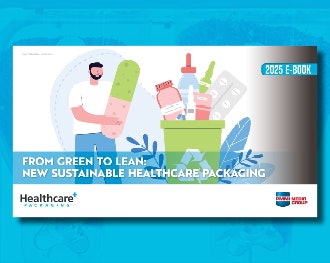
This content was written and submitted by the supplier. It has only been modified to comply with this publication’s space and style.
TemperPack, a distributor in sustainable thermal packaging, announced the launch of its Qualified Shipper Program—a new service designed to make it faster and easier for pharmaceutical manufacturers, life science distributors, specialty pharmacies, and biotech companies to transition away from EPS foam coolers for shipments of temperature sensitive pharmaceuticals.
Every specialty medication represents someone’s path to wellness—yet too often, those medications arrive in packaging that pollutes the environment in which patients are trying to heal. Every minute, nearly twelve non-recyclable EPS foam coolers from GLP-1 shipments alone end up in U.S. landfills. The Qualified Shipper Program uses certified home compostable, water-soluble insulation instead of EPS, giving customers an immediate way to reduce plastic without compromising on thermal performance.
“The Qualified Shipper Program removes the friction from making the switch to sustainable packaging,” says Jessica Joyce, Chief Growth Officer for TemperPack. “Pharmacies can now get fully qualified, right-sized thermal shippers that meet their needs—with the confidence that the shipper meets ISTA performance standards across 2–8°C, 15–25°C, and -20°C temperature ranges year-round.”
Qualified Shipper Program Highlights:
- Complete Qualification Package: Includes an ISTA Certified Thermal Transport Lab report, packing instructions, compostable thermal insulation, coolants, and an outer shipping box.
- By Season, Temperature, & Duration: Each shipper is uniquely engineered for a specific season and temperature range, providing reliable performance for 36 or 48 hours.
- Compostable Insulation: GreenCell Foam can be home or industrially composted or safely dissolved in water and rinsed down the kitchen sink, taking the disposal burden off patients.
With the Qualified Shipper Program, life science companies can move quickly to meet patient expectations for sustainable packaging while maintaining regulatory confidence, cost efficiency, and operational simplicity.





















